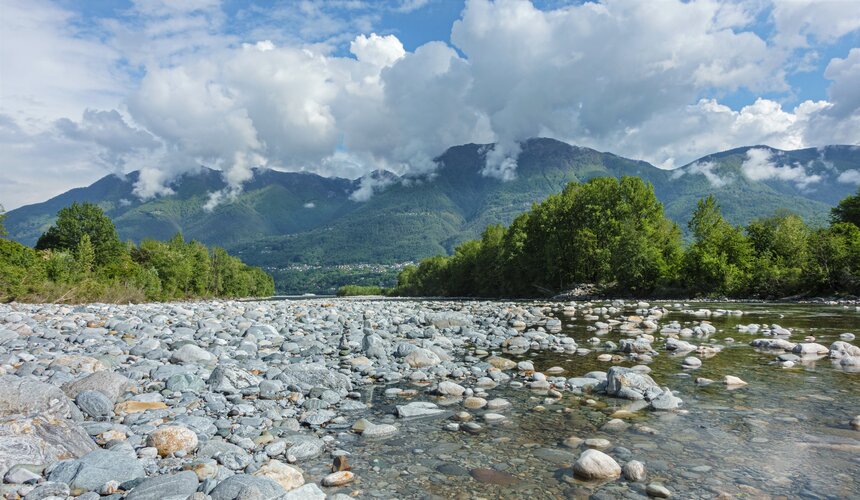
Presented today at the European Geosciences Union (EGU) General Assembly in Austria, MAGIC builds on the solid heritage of measuring gravity from space laid down by ESA’s GOCE mission, the US–German GRACE tandem satellite mission and GRACE Follow-On mission.
The reason for using gravity measurements to map water storage – water in rivers and lakes, underground and in ice – and how these bodies of water change and move might seem odd, but tiny temporal variations in the strength of our gravity field are caused by fluctuations in water reservoirs and changes in ice mass.
Mapping Earth’s gravity precisely and frequently over time reveals where these reservoirs of water and ice are and, importantly, how they are changing.
ESA’s Ilias Daras said, “The NGGM/MAGIC mission was approved to go forward at ESA’s Council at Ministerial Level in November, so we are working hard to bring this fabulous mission to fruition.
“The really novel thing about the mission is that it will deliver mass-change products at higher resolution and, thanks to the orbits, the satellites will be able to measure changes much quicker than current missions measuring gravity. This will be key for monitoring droughts, floods, ice melt and sea-level rise.”
Speaking at the EGU General Assembly, Roland Pail from the Technical University of Munich, explained, “Recent studies have shown that compared to the GRACE-type single pair of satellites, MAGIC’s two-pairs of satellites could deliver gravity-field data products with homogeneous long-term product quality.
“The MAGIC constellation will also give us gravity products at least every three to five days and they would need much less post-processing for end-users than the data we get today.”
Annette Eicker, from the HafenCity University Hamburg, added, “The MAGIC constellation is expected to provide a significant added value for hydrological applications.



